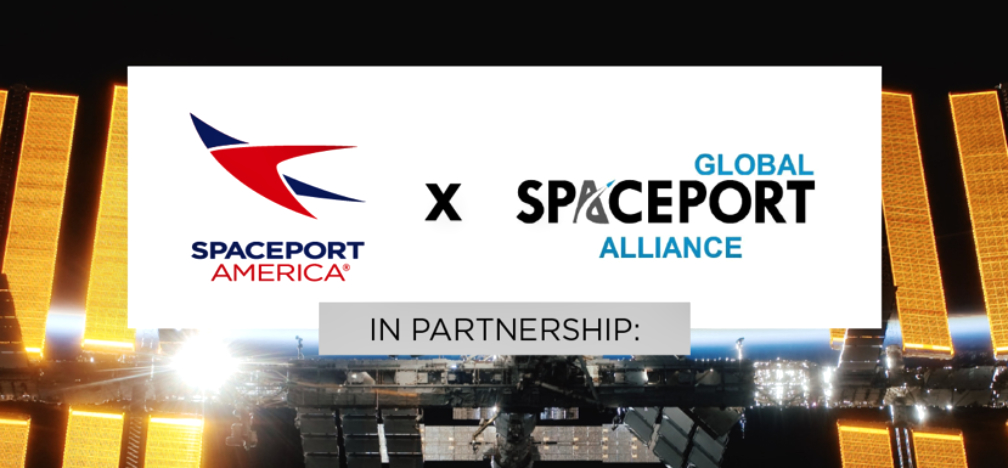
The Global Spaceport Alliance (GSA) Academic Partnership Working Group, led by Spaceport America Aerospace Engineer Dr. Charles Miller, is working together to make space science more accessible in their communities.

Academic Partnership Group members representing New Mexico, Arizona, Texas, the UK, Ecuador, and Japan are working with the non-profit education group Orion’s Quest to provide access to real-time space science conducted on the International Space Station (ISS).
The GSA Academic Partnership Working Group selected the study of “worms in space” which looks at the loss of muscle mass and strength in zero gravity. The research is being led by scientists from Texas Tech University to measure the strength of the millimeter-long roundworm, C. elegans, in space. Muscle loss and strength is currently a major challenge for astronauts on extended spaceflight.
With a short lifecycle of a week and 60 percent genetic similarity with humans, the worms have been sent to space many times before for various experiments. The experiment is scheduled to run for seven weeks, amounting to seven worm generations. Findings from this study are expected to help develop therapeutic interventions for muscle disorders and to improve strength in older people back on Earth.
Participating students will be able to do classroom experiments as well as have access to data being collected on the ISS. Orion’s Quest links the principal investigators to classrooms and provides software for the study without any cost to the schools participating. The Spaceports will provide further academic support ahead of and during the study and relate it to work being conducted at the launch facilities. The entire project commitment is for 1-2 weeks and is designed around current science standards so as not to add additional work for teachers to fit it into lesson plans.
“This is a great opportunity for schools in New Mexico who will not only be working with the team from Spaceport America on this project but will also have the opportunity to collaborate with groups in the US, the UK, and Ecuador,” said Aerospace Engineer and Chair of the GSA Academic Working Partnership, Dr. Charles Miller. “We want to engage with our local students to explain the importance of space science and relate it to some of the research conducted right here in our state.”
“Orion’s Quest was founded in 2004 with a mission to bring working science from the International Space Station into classrooms,” said Dan Loewen, Program Coordinator for Orion’s Quest. “We purposely choose research with real world science applications on Earth so students can relate to the subjects of the study.”

The Global Spaceport Alliance was formed in 2015 to provide a forum for commercial spaceport operators at all stages of their development to come together and privately discuss their progress, obstacles, and challenges. The GSA provides members with information, data, research, and networking needed for the successful planning, funding, and operation of spaceports around the world. This has led to the formation of sub-groups such as the academic partnership working group which has representatives from Spaceports representing four different continents.
